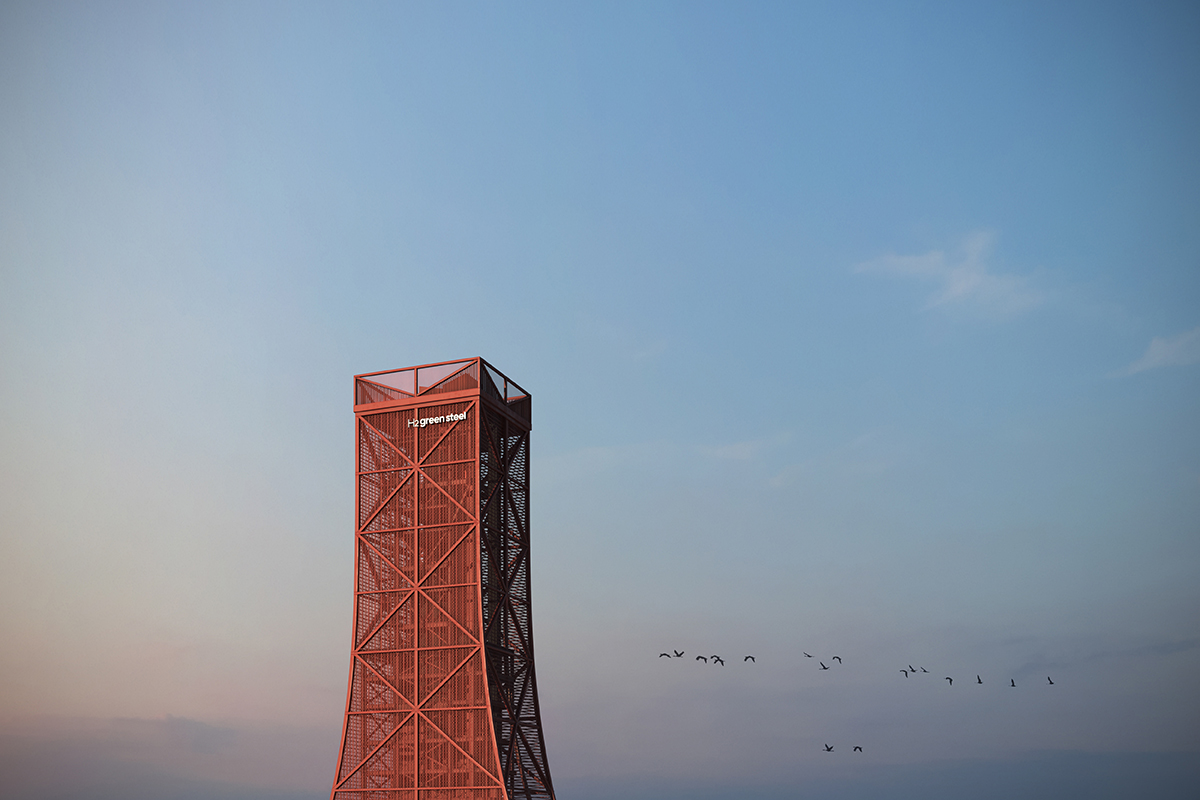Residual material flows, value chains, roles and opportunities for new business around the planned H2 Green Steel plant, is examined in a feasibility study by Future Eco North Sweden AB.
Future Eco North Sweden AB, a regional research institute based in Boden, has led a feasibility study on residual material flows from the planned green steel plant H2 Green Steel. The feasibility study examines possible routes for recycling and productization. The target group is subcontractors who can become potential links in future value chains.
The study and results were presented at a well-attended workshop. Ida-Linn Näzelius, Head of Sustainability at H2 Green Steel in Boden, and Erland Nylund, Swerim Metal Research Institute, also participated along with national, regional and local stakeholders.
The meeting presented what residual materials are expected to be created in H2 Green Steel’s production and how they can be used in their own production and in possible value chains together with others. A large number of new posts will also be needed. For example, to deal with transportation, screening, crushing, grinding and production of pellets and briquettes, etc.
Ida-Linn Näzelius was the first employee at H2 Green Steel in Boden and also the first local talent to be recruited. She has followed the H2 process from the beginning, both as an employee and as a citizen.
“I am a proud Boden citizen. The municipality of Boden has done a huge amount of work, with an incredible strategy,” she says.
She describes that sustainability is a crucial part of H2 Green Steel’s concept, with high demands on taking care of residual products.
“It is really nice to have such a good turnout of several people who have worked on similar issues before, and that there is such a positive attitude and great interest in cooperation, both with us and between each other”, says Ida-Linn Näzelius.
The feasibility study involves Future Eco, LTU, Swerim, Fortum Waste Solution, BDX-företagen, S Nordmark and H2 Green Steel.


